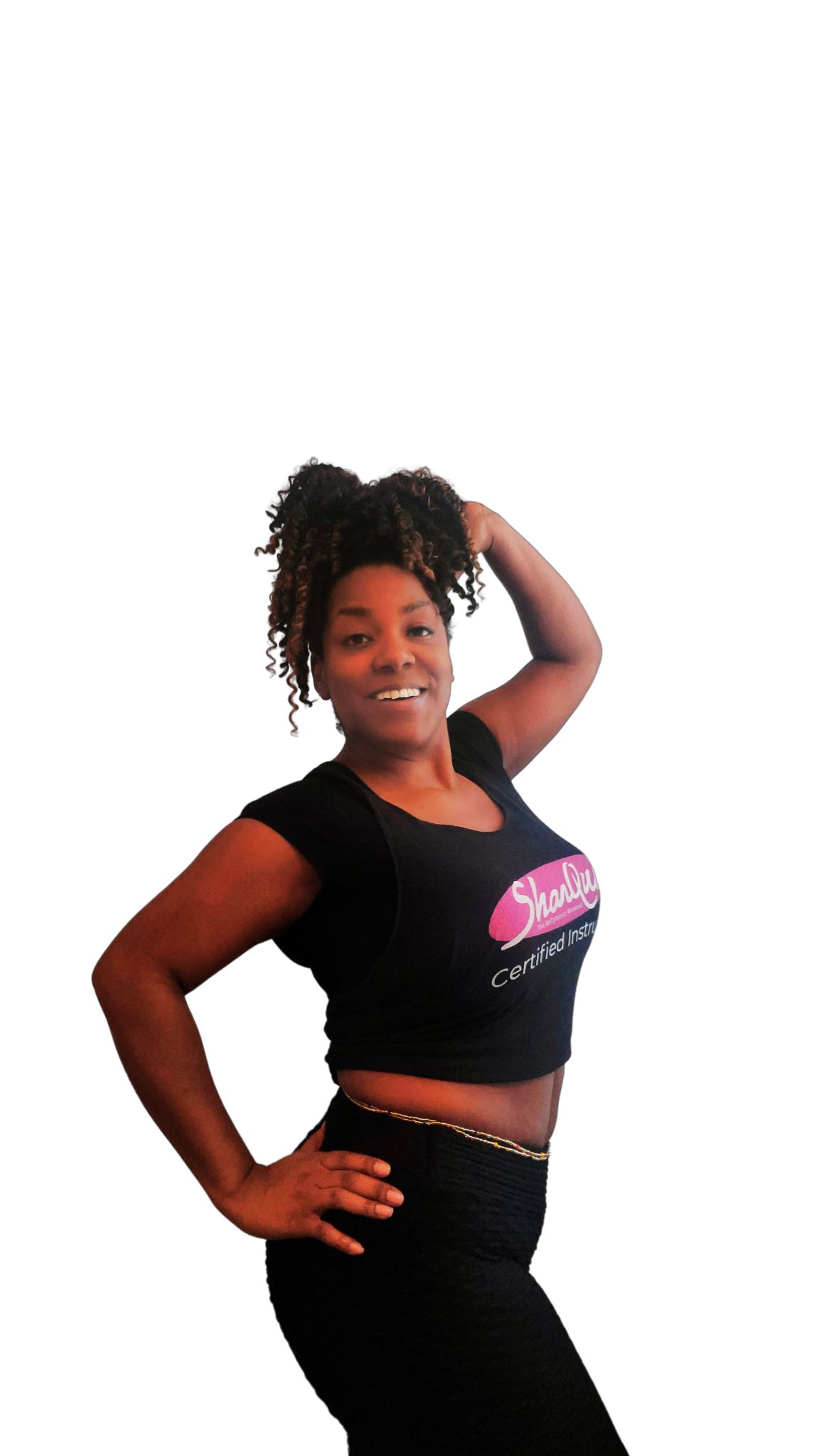
SharQui The Bellydance Workout with Nikki Johara
Empower yourself. Build community. Try the SharQuí Bellydance Workout and dance your way to a healthier you!
SharQui is what happens when authentic bellydance meets high-energy fitness. Bellydance is something everyone can do. In a SharQui class, you’ll learn new moves and combinations in flow. You’ll gradually build up to more complex movements starting with the very basics – your feet! If you can walk in place, you can bellydance with SharQui.
SharQui was the first bellydance fitness format accredited by AAFA (Athletics & Fitness Association), ACE (American Council on Exercise), and NASM (National Academy of Sports Exercise). Certified instructors undergo rigorous training to ensure every class is an amazing, effective and safe experience.
Fitness should be fun! Ditch boring workouts and learn to love your body with SharQui – the Bellydance Workout.
ABOUT ME
Nikki Johara
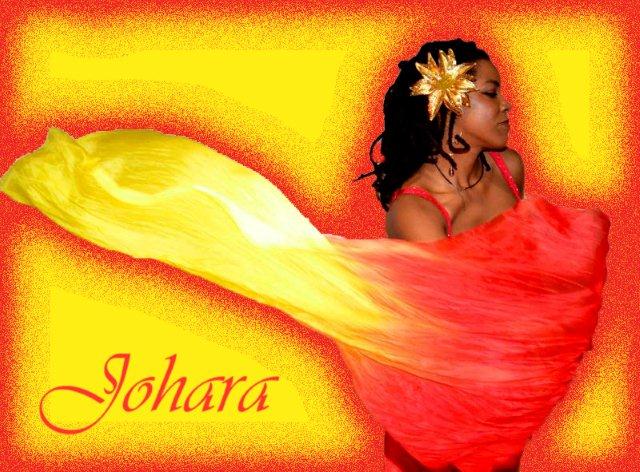
Nikki Johara is a performer and dance fitness instructor based in Durham, North Carolina. She is a dance enthusiast that loves helping people obtain fitness through dance movement. Nikki fell in love with bellydance in 2009 and furthered her study of the many variations of movement vocabularies. She has studied and taken workshops in American Cabaret, Egyptian Raqs Sharqi, Egyptian Shaabi, FCBD Style and fusion belly dance styles. After many years of study and SharQui instructor certification, she began teaching in 2022.
As a certified fitness instructor through SharQui® – the Bellydance Workout, Nikki brings a detailed knowledge of the mechanics behind the movements to her classes. Not only will you have a blast as you learn creative combinations and dance history, but you’ll feel confident you’re learning how to do each movement precisely and safely. Her classes cater to all levels and are a great way to add fitness into your life. With SharQui, she reminds people that they are Beautiful, Strong, and that they CAN do it!
In addition to teaching SharQui, Nikki enjoys other forms of dance such as Kizomba and Semba. She is available for workshops, classes, SharQui parties, and local event appearances. Connect with her on Facebook at SharQui with Nikki Johara.
Current Offerings
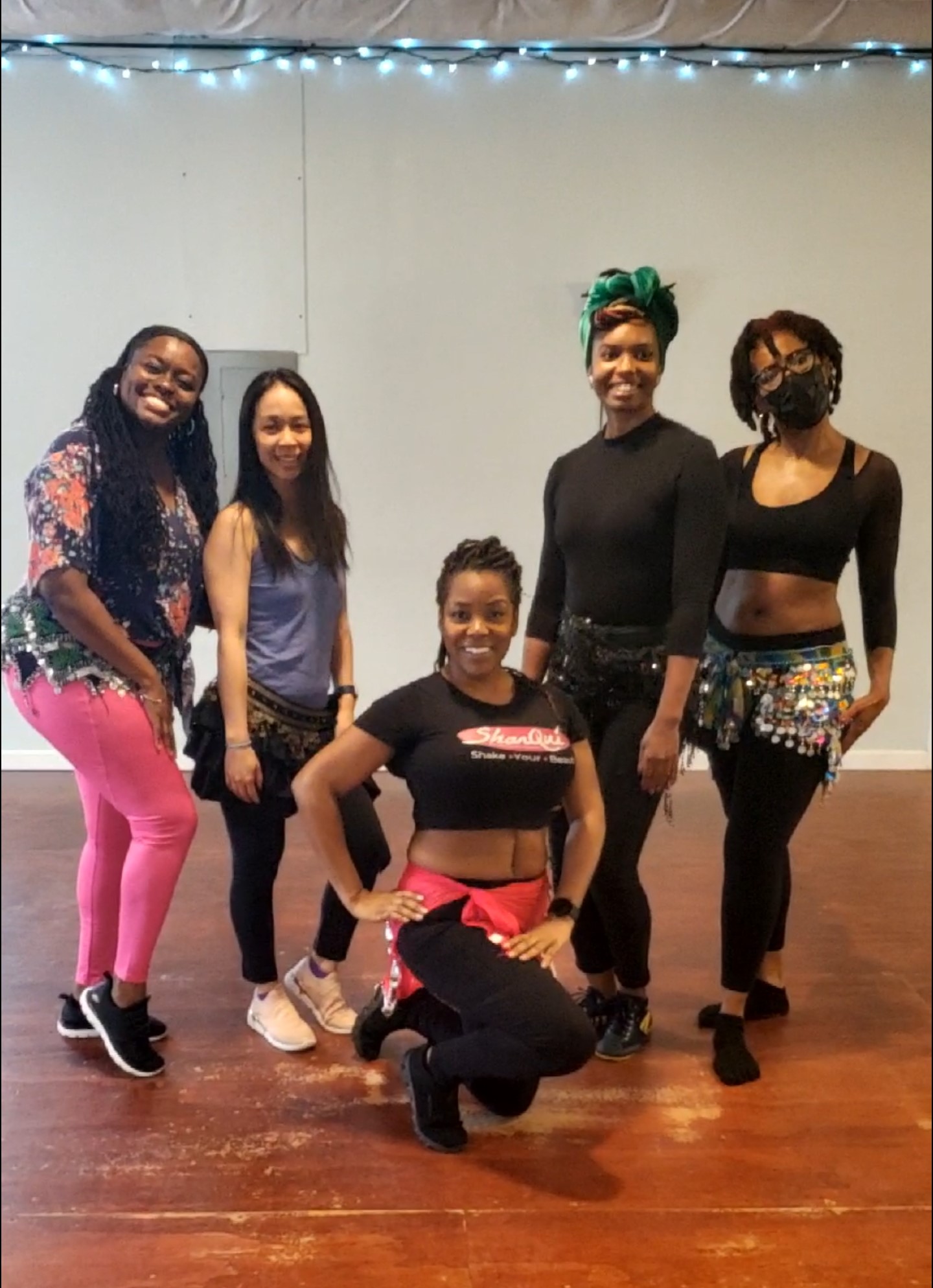
Group Classes
SharQui Workout: Sundays, 2 - 3 PM (RTP area)
Coming Soon: Mommy & Me SharQui
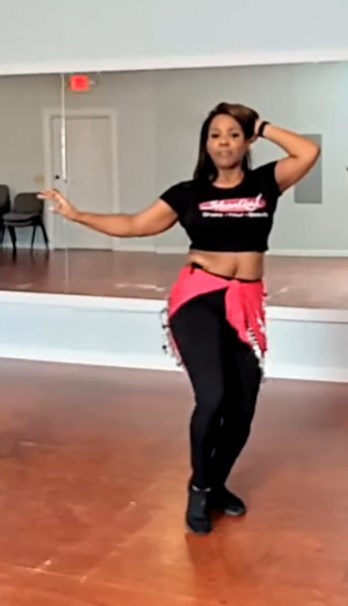
Private Lessons
Lesson topics include:
- Private SharQui Workout: Don’t like group fitness classes? Try a private SharQui session with Nikki. Enjoy having the studio all to yourself with this 1:1 workout!
- Musicality & Movement Dynamics: In this class you’ll practice accentuating different elements that make up a musical composition (melody, rhythm, tempo, and repetition).
- Zill Skills: Learn fundamental finger cymbal (zill) technique and rhythms to accentuate your dance routines. Gain the coordination skills needed to dance and play zills at the same time.
- Intro to FCBD Style: If you’re interested in learning group improv bellydance this class is for you! Learn the basic fast and slow movements of FCBD style and practice the lead and follow format.
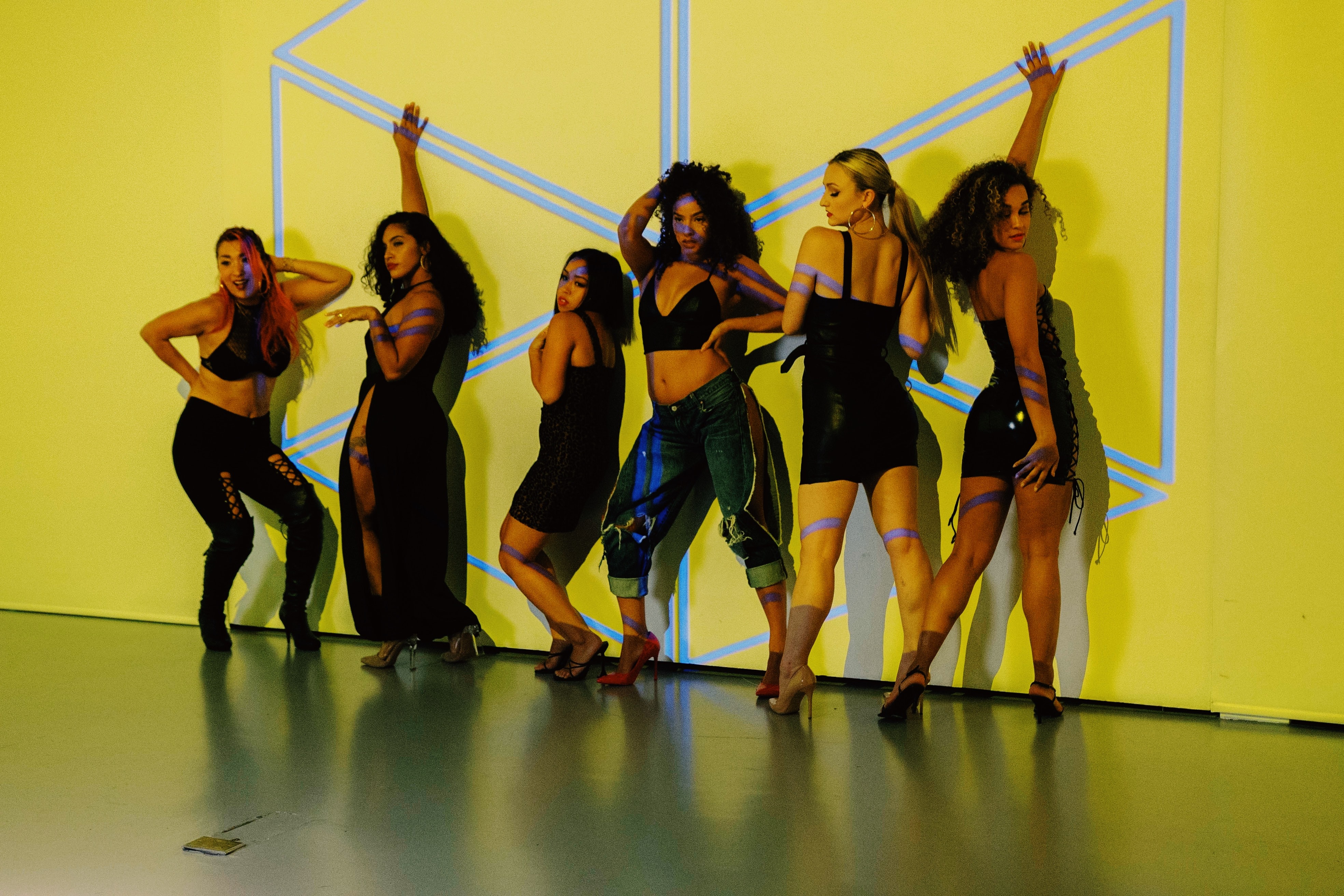
SharQui Parties
Fun lessons for bridal showers, birthday parties, girls night out, etc.
Hosting a SharQuí Party is a fabulous way to share our one-of-a-kind experience with your family and friends in a venue you choose.
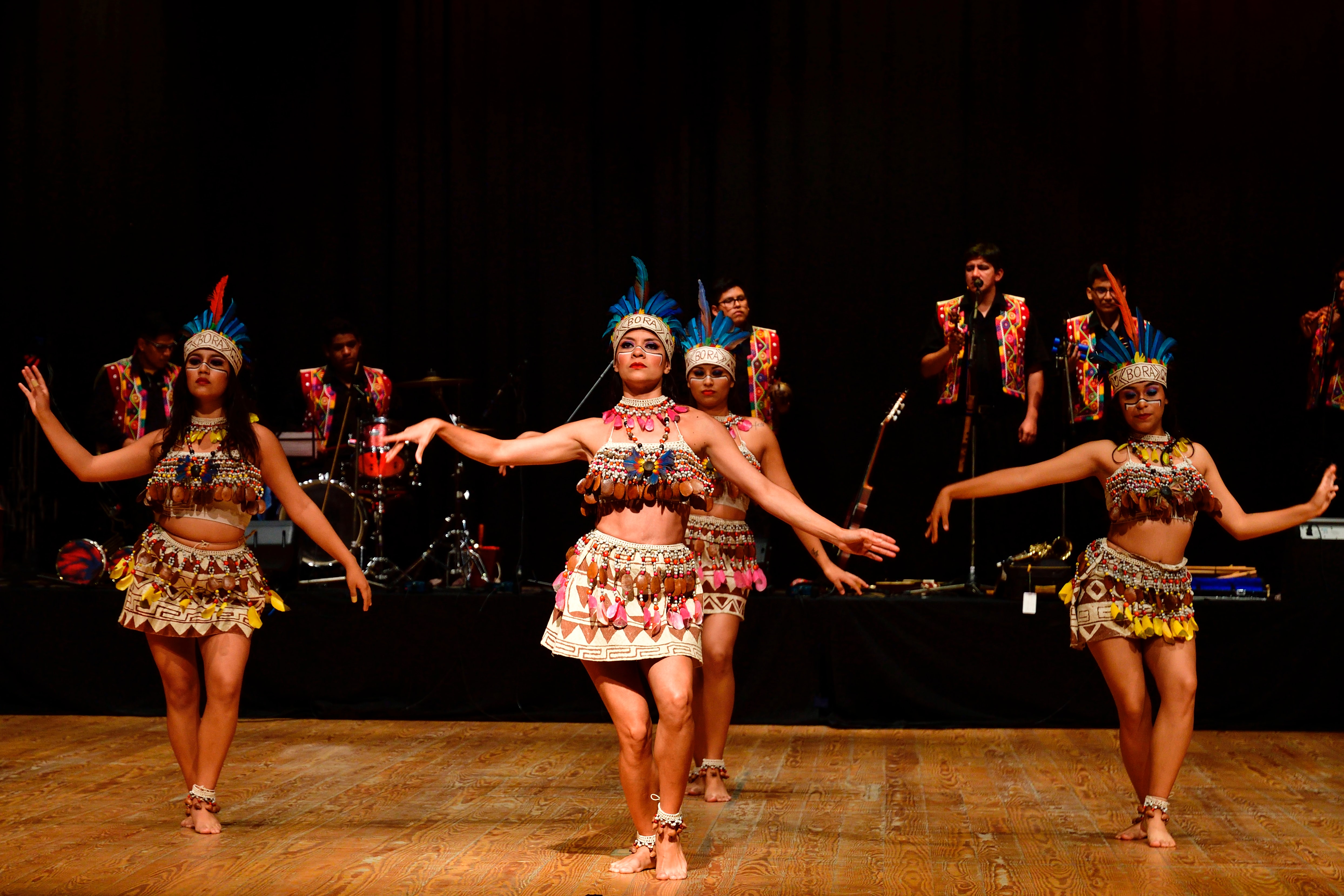
Dance Troupe
Are you Interested in performing or joining a troupe for empowering fun and fellowship?
Having danced with a variety of different groups, Nikki’s troupe direction style is professional yet fun and empowering! We will focus on a variety of bellydance styles, plan costumes and performances together, and attend bellydance related events and trainings. If you are looking to bond with like-minded individuals through a love of dance this is the group for you!
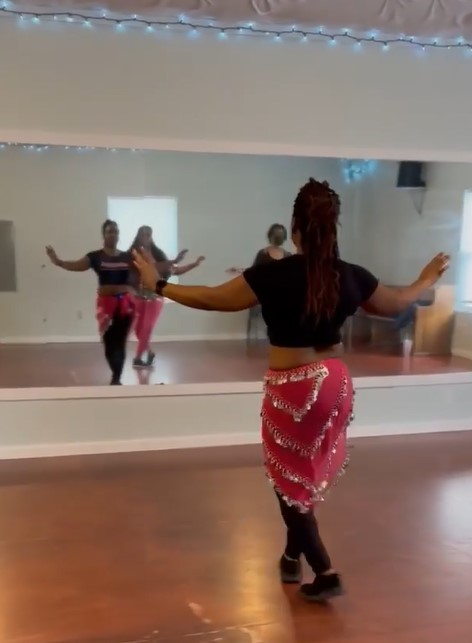
Subscribe to stay updated about upcoming workshops, classes, and community events!
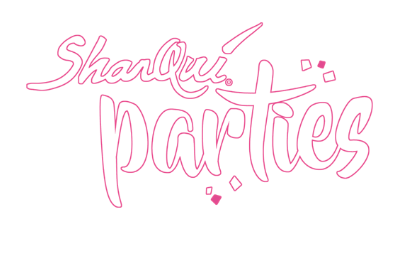
A Unique Experience
What’s a SharQuí Party? Simple: SharQuí Parties are a fun way to bring our shimmy to you! Hosting a SharQuí Party is a fabulous way to share our one-of-a-kind experience with your family and friends in a venue you choose.
As a certified SharQuí instructor, Nikki will present a special SharQui experience that you can’t get in a regular class. It’ll excite your senses and open up a whole new world to you and your guests. The best part: it’s a workout and a show! Your guests will love watching the performance whether they decide to Shake Their Beauty or not. Contact me now to reserve your SharQuí Party experience!
Dance - You Will Live Longer!
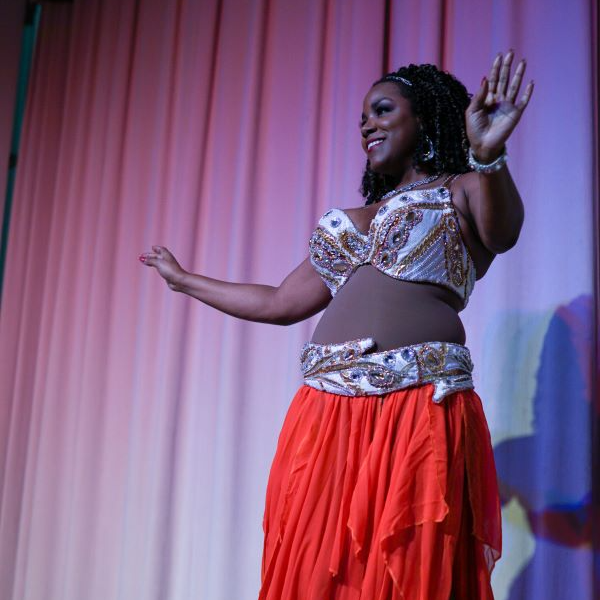
Did you know that one hour of aerobic exercise adds two hours to your life span? According to ACE Physical Therapy & Sports Medicine Institute, this is not the only benefit, others include improvements to general health and quality of life as well as increased brain health. Many people, however, may find difficulty in regular exercise or may even find it boring and unmotivating. In these cases, dance can be a wonderful substitute for cardio and strengthening activities. In fact, I would argue that dance is pertinent to improved mental and physical health of the human body.
Conventional wisdom has it that in order to get a good workout, one must exert massive amounts of energy in lifting weights or aerobic exercise. However, one often overlooked but important aspect of both mental and physical health is dance. It is common knowledge that the physical movement of dance is good for the body in the same way exercise is, but dance also helps improve brain function and cognitive ability. Writing in the British Journal of Occupational Therapy, Froggett and Little explain that “Dance is a complex intervention, which provides an appropriate challenge for service users in acute mental health settings while contributing to a sense of biopsychosocial integration. As such, it has much to offer contemporary occupational therapy.” The two argue that dance can be used in occupational therapy settings where it would help improve patients’ mental health through a sense of harmony between the mind and body. The New England Journal of Medicine report on the effects of recreational activities on mental acuity in aging, found that dancing frequently had the greatest risk reduction of dementia among those tested. The study included activities such as reading, bicycling, swimming, and doing puzzles.
In addition to dementia, doctors are now beginning to use dance as treatment for patients with Parkinson’s disease as well. Only recently have scientist began to study the complexity of mental coordination one needs to dance. According to Harvard Medical School, “Studies using PET imaging have identified regions of the brain that contribute to dance learning and performance. These regions include the motor cortex, somatosensory cortex, basal ganglia, and cerebellum.” Basically, these are important regions of the brain that drive motor function and control, hand-eye coordination, and sends signals from the brain to the spine. One can see how improvements in these areas would help with Parkinson’s disease.
Dance also helps to build a social community. As adults, it is often harder to make and keep friends. But research shows that feeling a sense of belonging within a community can have a positive affect on mental health as well. Frequently engaging with a group of people that share similar interests creates a bond among the attendees. Children create lifelong connections and friendships through dance. Later in life adults find and learn to make those connections again. In her article, The Effect of Community on Mental Health, Perry points out that “Just like food and water, the sense of acceptance and identity with a group is considered to be a human need. A sense of belonging, for most people, is integral to the value they place on life.” This means that one’s quality of life can be severely affected if they feel unable to fit in. A shared love of dance and movement can help fill that void.
The physical benefits of dance cannot be understated. Dancing keeps us fit and in shape, it helps to keep the body’s cardiovascular system in good condition as well as improve lung function. Dance can help us avoid injury to the body by increasing flexibility, muscle strength, endurance, and overall balance. According to research by Patricia Alpert, “Some dance forms have repetitive movements…which can put the lower back and hip joints and ligaments through full range of motion that increases muscle tone and improve posture thereby aiding in the prevention of lower back problems.” This means dance can help keep muscles working properly through toning and strengthening.
In school age children, many of these same benefits can be seen. Dance can improve social skills, cognitive development, creativity, and help children learn a balanced lifestyle. In the article, What Are the Benefits of Dance in Early Child Development, Ashley Daychak writes, “Technology is the culture of today and it definitely has a lot of benefits. But let’s not completely forget about face-to-face interaction, physically active learning, and just having some fun without a mobile device. Dancing shows us that all of these things are still possible.” Indeed, dancing is one of the remaining frontiers of interaction between individuals that cannot be fully overtaken by virtual media.
It is clear from the many benefits discussed so far that dance should be incorporated into our lives at all ages. Research has shown that those who partake in dance, even if only recreationally, live a healthier and more fulfilling life. They enjoy the benefits of improved physical and mental health along with the social community that dance provides. Adults and children alike can use dance to increase engagement with others, seniors can delay mental degradation in diseases like dementia, and those suffering from physical conditions akin to Parkinson’s disease can use dance to improve their quality of life. With these types of benefits, would you not agree that dance is key to the mental and physical health of the human body?
Works Cited
Froggett, L., & Little, R. (2012). Dance as a Complex Intervention in an Acute Mental Health Setting: A Place ‘In-Between.’ British Journal of Occupational Therapy, 75(2), 93–99. https://doi.org/10.4276/030802212X13286281651153
ACE Physical Therapy and Sports Medicine Institute, & *, N. (2018, July 6). Interesting facts about exercise. ACE Physical Therapy and Sports Medicine Institute. Retrieved June 5, 2022, from https://ace-pt.org/interesting-facts-exercise/
Dancing and the brain. Dancing and the Brain | Harvard Medical School. (2015). Retrieved June 5, 2022, from https://hms.harvard.edu/news-events/publications-archive/brain/dancing-brain
Joel. (2019, July 11). Connecting With Community. Head to Health. Retrieved June 5, 2022, from https://www.headtohealth.gov.au/meaningful-life/connectedness/community#:~:text=Joel-,Overview,and%20purpose%20to%20everyday%20life
Alpert PT. The Health Benefits of Dance. Home Health Care Management & Practice. 2011;23(2):155-157. doi:10.1177/1084822310384689
Perry, V. (2021, September 8). The effect of community on Mental Health. Remedy Psychiatry, Inc. Retrieved June 5, 2022, from https://remedypsychiatry.com/the-effect-of-community-on-mental-health/
Rehfeld, K., Müller, P., Aye, N., Schmicker, M., Dordevic, M., Kaufmann, J., Hökelmann, A., & Müller, N. G. (2017, June 15). Dancing or fitness sport? the effects of two training programs on hippocampal plasticity and balance abilities in healthy seniors. Frontiers. Retrieved June 5, 2022, from https://www.frontiersin.org/articles/10.3389/fnhum.2017.00305/full
Powers, R. (2010, July 30). Use It or Lose It: Dancing Makes You Smarter, Longer. https://socialdance.stanford.e.... Retrieved June 5, 2022, from https://socialdance.stanford.edu/syllabi/smarter.htm
Daychak, A. (2021, December 8). What are the benefits of dance in early child development? Performing Dance Arts. Retrieved June 5, 2022, from https://www.performingdancearts.ca/what-are-the-benefits-of-dance-in-early-child-development/
Written by: Nikki Johara
Ready to get started?
Thank you for getting in touch!
One of our colleagues will get back to you shortly.
Have a great day!